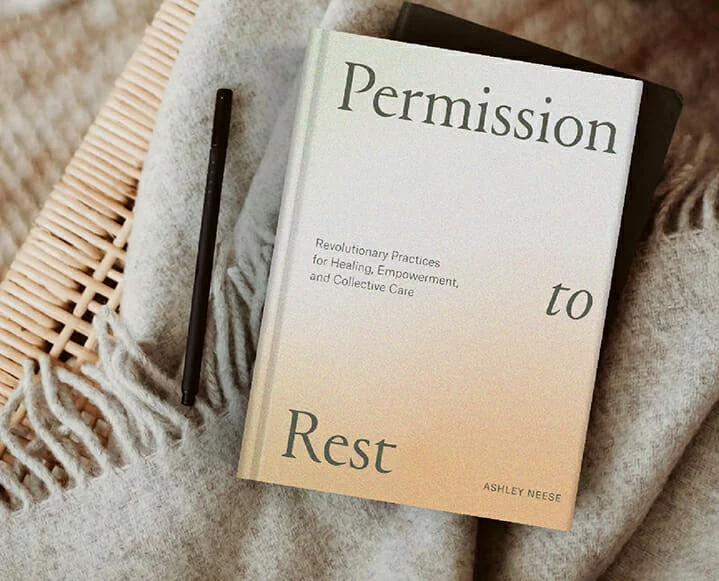Ashley Neese is my breathwork coach — something I never knew I needed in my life until I did a few sessions with Ashley and realized that her work was an absolute non-negotiable for my nervous system and mental health.
Since working with Ashley, I’ve had several key wellness professionals note to me their transformational experiences with her. She is a highly compassionate healer whose wisdom around nervous system health is so useful it is near mystical.
In her second book, Permission to Rest Ashley pours out insight after insight. Her tools and reflections for frayed and overworked nerves are a balm for the modern soul.
In this brief excerpt, Ashley defines a stress response we hear too little about — the fawn response. Read, learn, and then swipe up a copy of this beautiful book for yourself…
Fight or Flight We Know, But What Is The Fawn Response?
We’ve discussed the classic chronic stress responses of hyperarousal and hypoarousal and explored the fight-or-flight response in connection to the stress response cycle. In recent years, another response has been added to the conversation: the fawn response, a term coined by Pete Walker, MFT, in his book Complex PTSD: From Surviving to Thriving. This bears mentioning because it has a strong relationship to our ability to downshift into rest.
Like fight, flight, and freeze, fawn is a physiological response to a threat or stress. The fawn response is directly connected to social hierarchies and other oppressive systems in our culture because the reality is that not everyone gets to fight or flee in a dangerous or threatening situation. Many of us have learned that our lives will go smoother if we learn to fawn, or appease, people instead. This can take on several different forms, including not speaking up, bypassing conflict, saying yes when you want to say no, people-pleasing, meddling, not having boundaries, deferring to others, and not sharing your own opinions and desires.
And this leads us back to rest. A big part of learning to rest is to uncover the ways that we have been appeasing others, avoiding ourselves and our own needs. There is often so much shame attached to keeping ourselves safe, and that shame lives within our bodies. A fawn response leads to disconnecting from the sensations in our bodies, disconnecting from our needs and emotions. A fawn response is habitual, meaning we can and will people-please automatically. If we’re feeling detached from ourselves, it’s hard to access rest. If we’re people-pleasing, we will put other people’s needs, wants, and desires before our own, often at the expense of ourselves and our rest. If you’re wanting support in healing your fawn responses, I suggest starting with the rest practice Somatic Boundaries in this book (see page 116). Healing our habitual fawn responses takes time, patience, and a willingness to slow down. And like rest, it is challenging and essential work.
Get your own copy of Ashley Neese’s new book Permission to Restor buy for the friend in your life whose nervous system needs all the support.
Text copyright © 2023 by Ashley Neese. Published by Ten Speed Press, an imprint of Random House.














